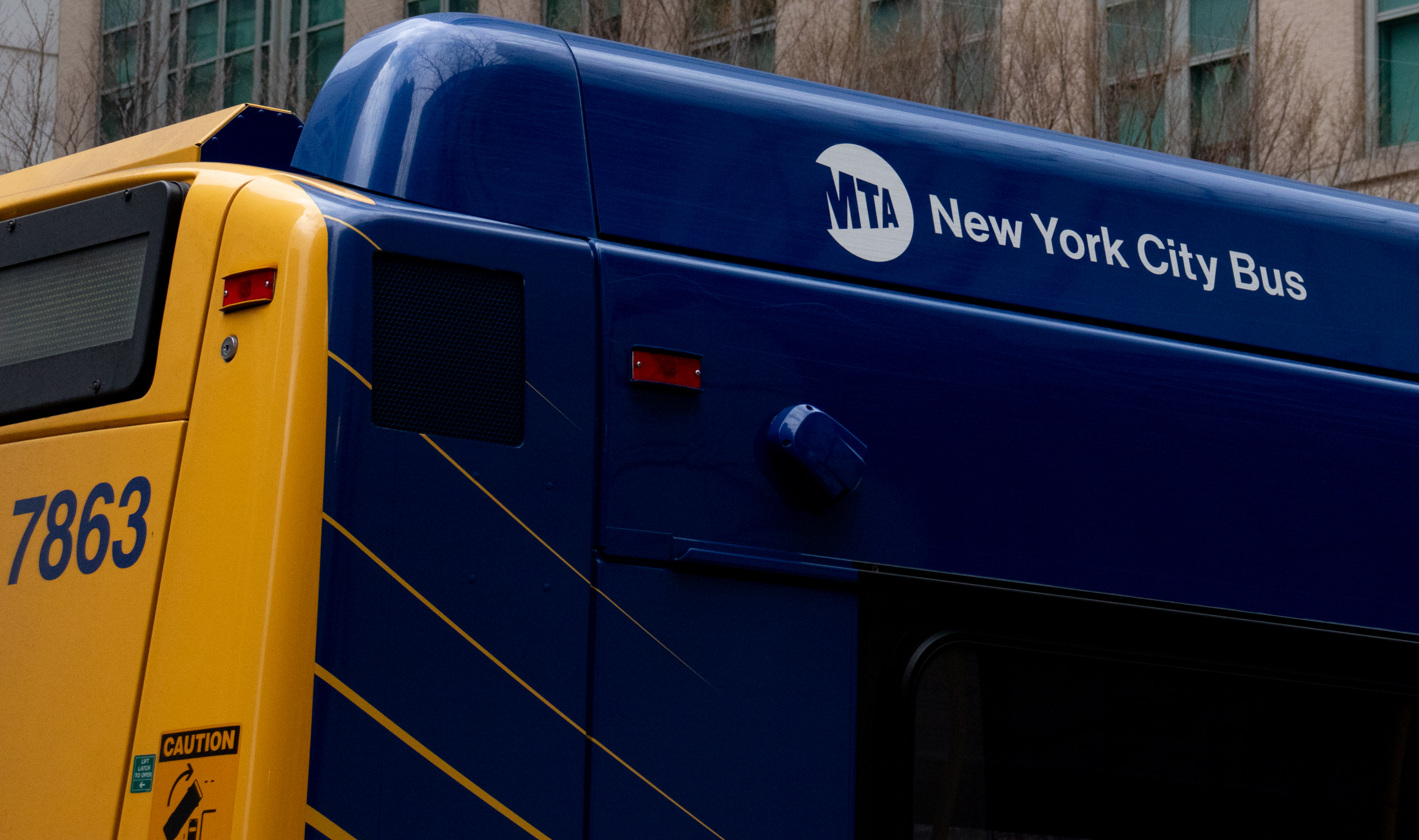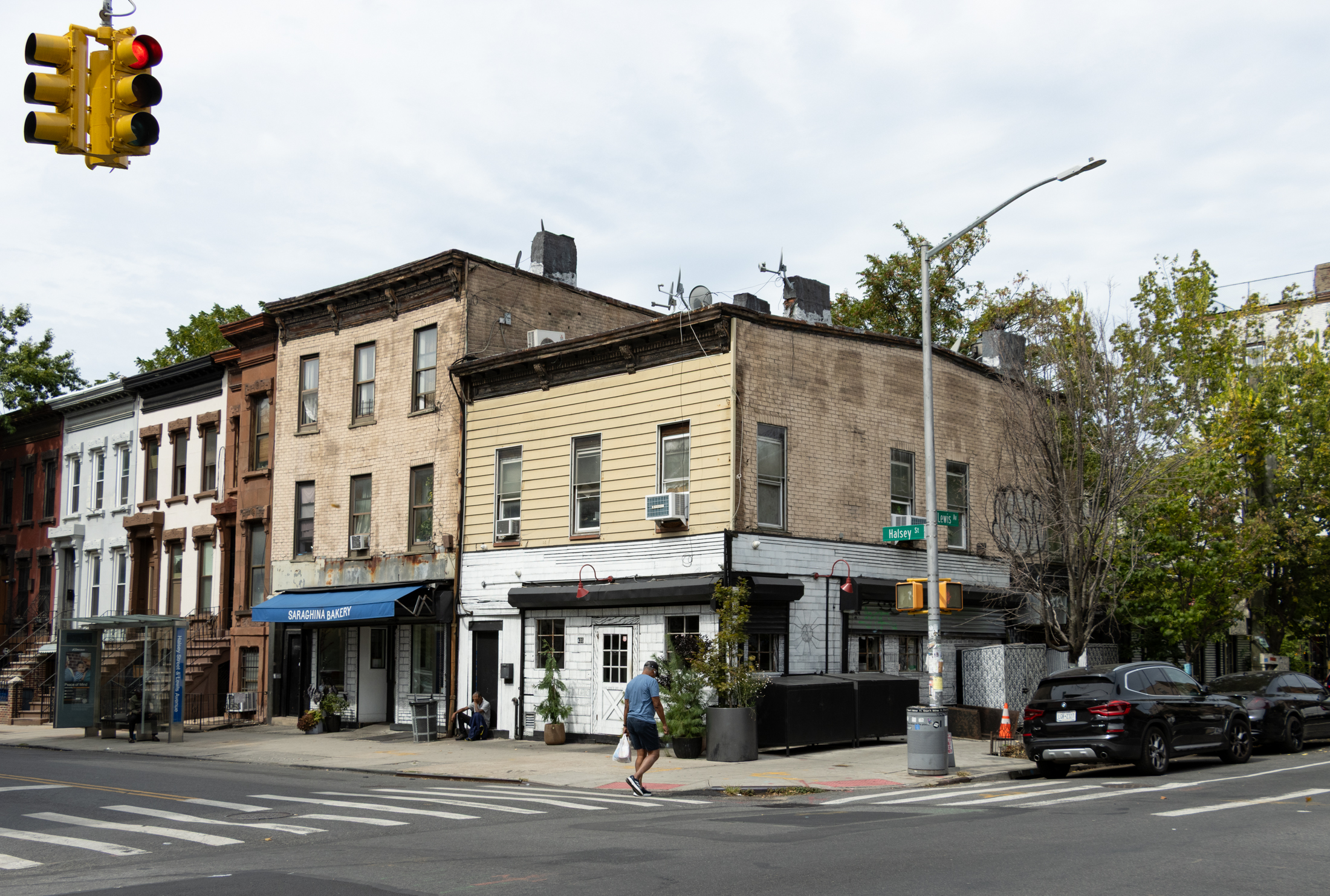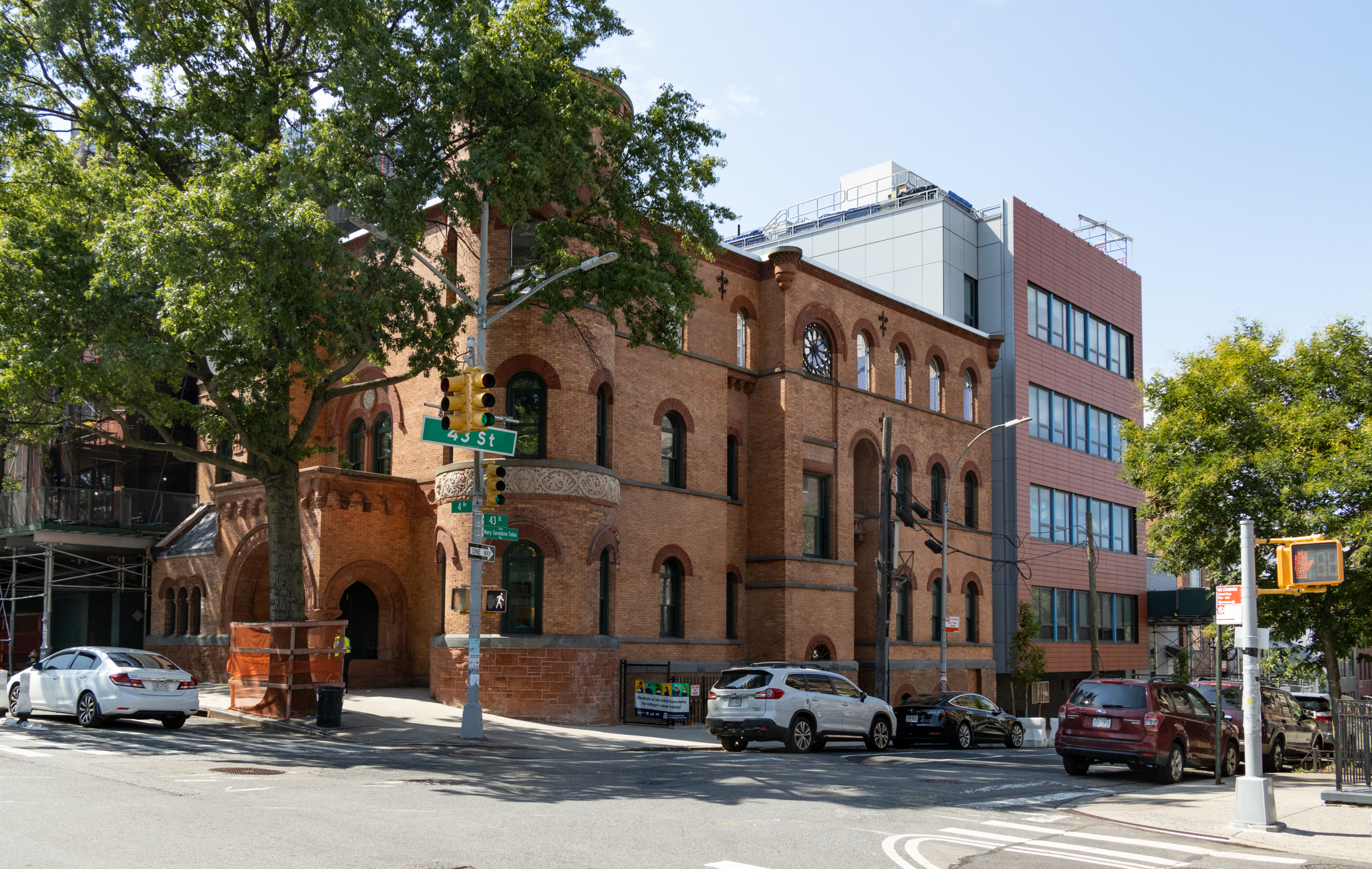Who Were the Havemeyers?
With all the attention the Domino Sugar factory has been getting in recent months, we thought it would be interesting to take a look back at the Havemeyer family that built the waterfront facility in Williamsburg and has a street named after them in the neighborhood. Here’s what the book Brooklyn By Name (NYU Press,…


With all the attention the Domino Sugar factory has been getting in recent months, we thought it would be interesting to take a look back at the Havemeyer family that built the waterfront facility in Williamsburg and has a street named after them in the neighborhood. Here’s what the book Brooklyn By Name (NYU Press, 2006) has to say about them:
Brothers Frederick C. Havemeyer (1774-1841) and William Havemeyer(1770-1851) were major industrialists who made their money in sugar processing. Arriving from Germany at the turn of the nineteenth century, they soon built a sugar refinery on Vandam Street in Manhattan. William’s son, William F. (1804-1874), took over the family business in the 1830s but ventured into politics and became a three-term New York mayor. Cousin Frederick C. Havemeyer Jr. (1807-1891) stayed in the sugar trade and in 1857 established the longstanding South 3rd Street factory on the Williamsburg waterfront. His son, Henry Havemeyer (1847-1907), named the company Domino’s Sugar in the early 1900s and worked to corner the market. His Sugar Refineries Company, or “Sugar Trust,” functioned like Standard Oil–monopolistically (and like Standard Oil did battle with the government over makret control). An era ended in 2004 when Domino’s Sugar terminated its refining operations and the East River plant (and classic signage) bearing its name. The company is now a part of the British concern Tate & Lyle.
It would be interesting to know where the Havemeyer clan lived during all this. Manhattan or Brooklyn?
Photo by Susan Stars





As an earlier poster mentioned, they got the sugar from Cuban plantations.
Slavery was legal in cuba until 1890. Cuba and Brazil (the two biggest sugar producers) were the last north and south American countries to ban slavery. just FYI.
Just wanted to make sure it wasn’t ill gotten gains and you clarified that, Einstein. They earned it the good old fashioned way. Would you have any info on their plantations in Cuba and elsewhere and the number of slaves they owned? These Havemeyers were such good people, afterall that is how it was then.
As an earlier poster mentioned, they got the sugar from Cuban plantations.
Slavery was legal in cuba until 1890. Cuba and Brazil (the two biggest sugar producers) were the last north and south American countries to ban slavery. just FYI.
Who was Grand at that interection?
Where did they get the sugar in the late 1700’s and early 1800’s? Brooklyn? Manhattan? Should they have a street named after them? Can you give a little more background on how they acquired their loot? While at it can we get some detailed background on Gates, Nostrand, Flatbush, Halsey, Fulton and Jefferson and all their great deeds?
The Havermeyer House on Fifth Avenue and 66th Street was designed by the somewhat eccentric architect Charles Coolidge Haight.
It resembled the old Chateau-style hospital on Central Park West and 103rd Street, also by Haight, that was recently so apectacularly restored. He was big on medieval Christian mysticism.
The interiors of the house were by Tiffany’s.
Too bad it was demolished. Had they lived in Brooklyn, their house may have survived, but maybe not.
One of the Havermeyers was mayor of NYC, several times I think.
The new exhibit at the Met features many old masters that were purchased by Mr & Mrs Havemeyer (she in particular was a force of nature evidently)in the 1870-90 period. They formed the early core of the museum’s collection.
The Havermeyers were keen on Cuban sugar cane and Dutch fine art.
Harry Havemeyer had a huge Romanesque mansion at the corner of Fifth Avenue and 66th. It was knocked down and now a fancy dancy Candela apartment building sits there, housing multiple rich folks, rather than just one ritzy family.
The driving force behind the American Sugar Refining Company was Henry Osborne Havemeyer. The family resided in Manhattan and had an estate in Greenwich, Connecticut.
Horace Havermeyer is publisher of Metropolis – yes he is a Havermeyer. Many Havermeyer paintings hang in the Met, just to broaden the context a bit.